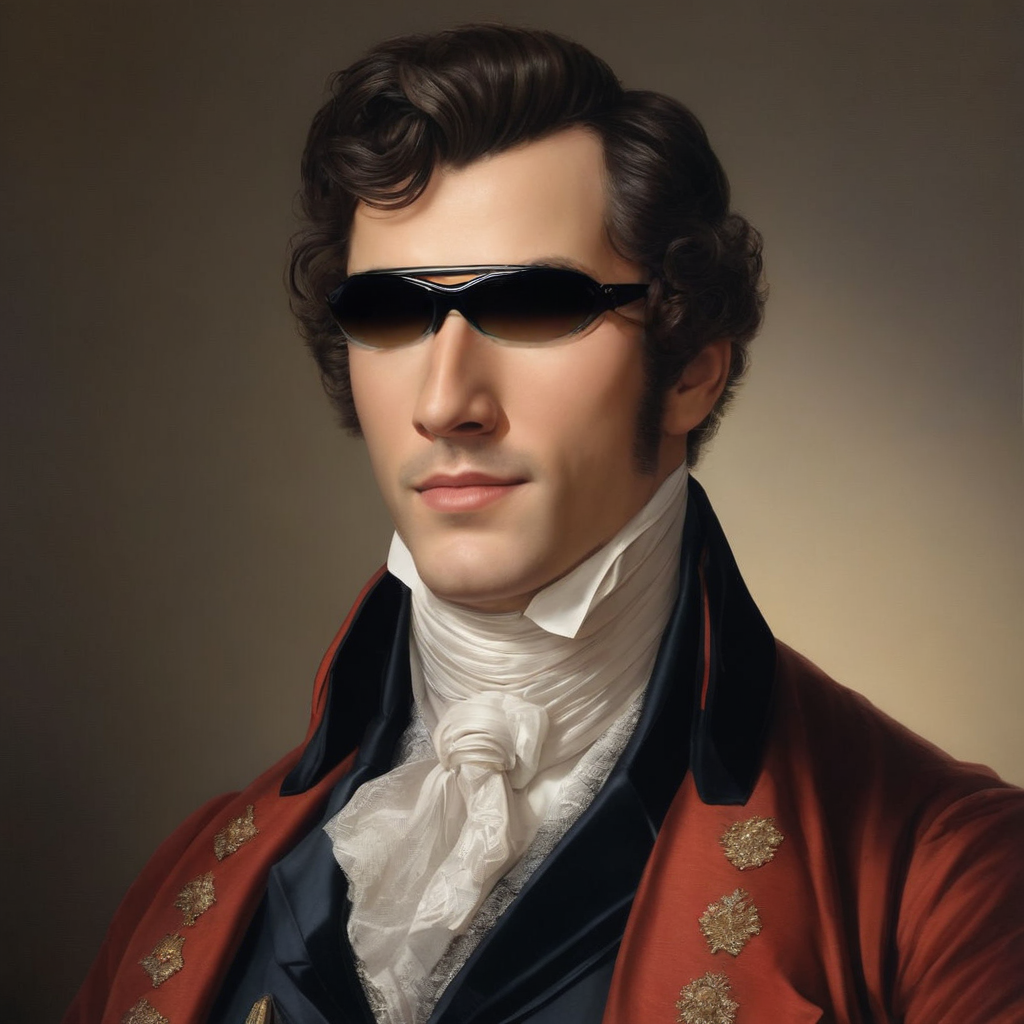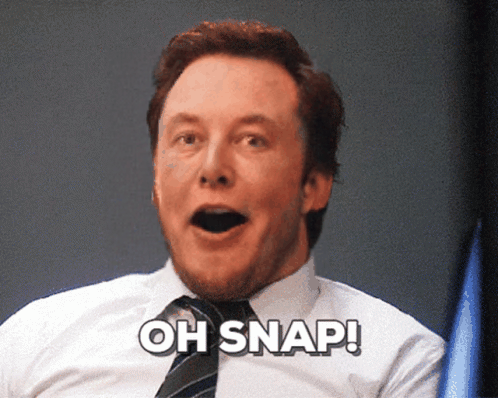API
If you're looking for an API, you can choose from your desired programming language.
1
2
3
4
5
6
7
8
9
10
11
12
13
14
15
16
17
18
19
20
21
22
23
24
25
26
27
28
29
30
31
32
33
34
35
36
import requests
import base64
# Use this function to convert an image file from the filesystem to base64
def image_file_to_base64(image_path):
with open(image_path, 'rb') as f:
image_data = f.read()
return base64.b64encode(image_data).decode('utf-8')
# Use this function to fetch an image from a URL and convert it to base64
def image_url_to_base64(image_url):
response = requests.get(image_url)
image_data = response.content
return base64.b64encode(image_data).decode('utf-8')
# Use this function to convert a list of image URLs to base64
def image_urls_to_base64(image_urls):
return [image_url_to_base64(url) for url in image_urls]
api_key = "YOUR_API_KEY"
url = "https://api.segmind.com/v1/magic-eraser"
# Request payload
data = {
"image": image_url_to_base64("https://segmind-sd-models.s3.amazonaws.com/display_images/ai-majic-erase-ip.jpg"), # Or use image_file_to_base64("IMAGE_PATH")
"mask": image_url_to_base64("https://segmind-sd-models.s3.amazonaws.com/display_images/ai-majic-erase-mask.jpeg"), # Or use image_file_to_base64("IMAGE_PATH")
"invert_mask": False,
"grow_mask": 10,
"seed": 468685,
"base64": False
}
headers = {'x-api-key': api_key}
response = requests.post(url, json=data, headers=headers)
print(response.content) # The response is the generated imageAttributes
Upload your input image
Upload your mask image (part of the image to be removed)
Refers to the inverting the mask.
Selectively expand image regions
min : 0,
max : 100
Seed for image generation.
min : -1,
max : 999999999999999
Base64 encoding of the output image.
To keep track of your credit usage, you can inspect the response headers of each API call. The x-remaining-credits property will indicate the number of remaining credits in your account. Ensure you monitor this value to avoid any disruptions in your API usage.
Magic Eraser
Magic Eraser lets you erase big unwanted areas from your photos while keeping them crisp and realistic. Magic eraser is based on LaMa—which stands for Resolution-robust Large Mask Inpainting, is a powerhouse for tackling large areas in need of inpainting. This is further enhanced by a high receptive field perceptual loss and the use of expansive training masks, ensuring that every edit is seamless and natural-looking.
Here's how magic eraser helps in AI photo editing:
-
Erases Big Stuff: Regular Inpainting tools struggle with large areas. But Magic Eraser tackles huge unwanted parts in your picture effortlessly.
-
Works on High-Res Photos: Even on super clear photos, It can magically remove big things without making the rest blurry.
-
Generative Fill: Magic eraser can seamlessly fill in missing areas in photos with realistic details.
Other Popular Models
sdxl-img2img
SDXL Img2Img is used for text-guided image-to-image translation. This model uses the weights from Stable Diffusion to generate new images from an input image using StableDiffusionImg2ImgPipeline from diffusers

sdxl-inpaint
This model is capable of generating photo-realistic images given any text input, with the extra capability of inpainting the pictures by using a mask

sdxl1.0-txt2img
The SDXL model is the official upgrade to the v1.5 model. The model is released as open-source software

sd2.1-faceswapper
Take a picture/gif and replace the face in it with a face of your choice. You only need one image of the desired face. No dataset, no training
